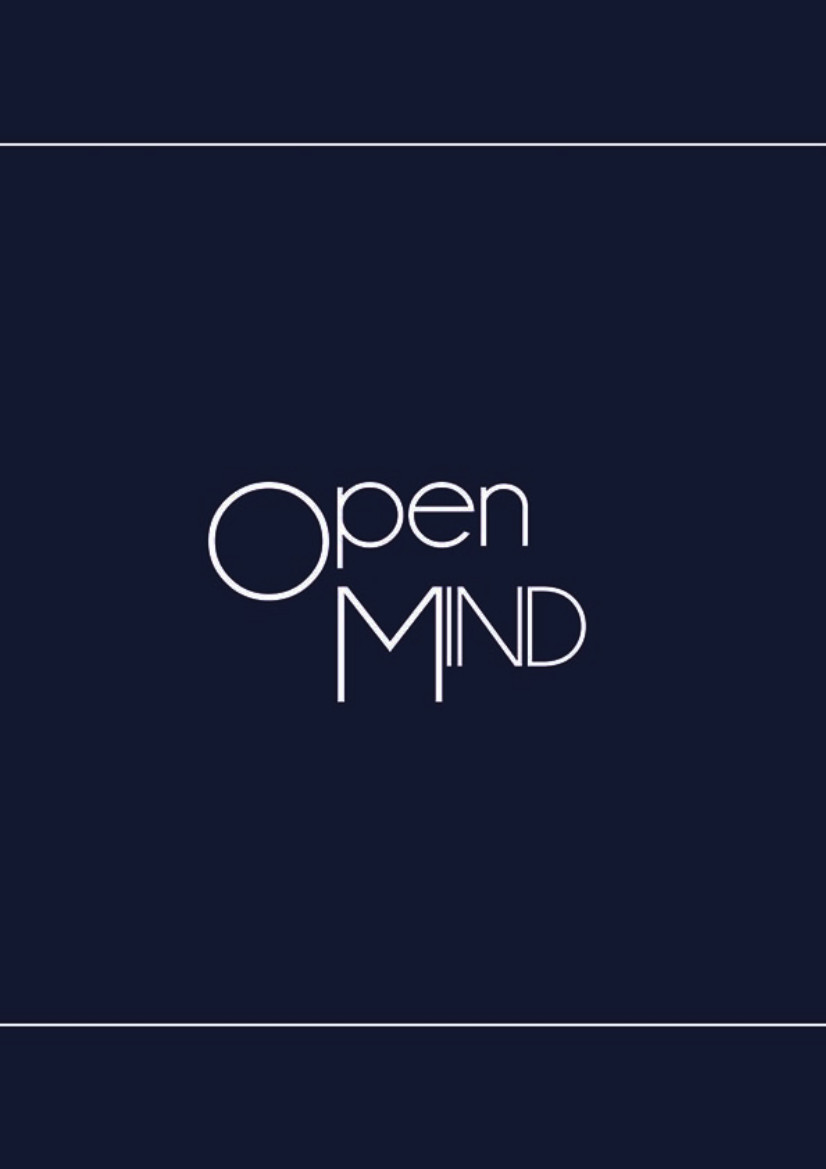Thomas Metzinger, Jennifer M. Windt (eds.): Open Mind (2015)
Filed under book | Tags: · brain, cognition, cognitive science, consciousness, ethics, knowledge, memory, mind, neural networks, neurophysiology, neuropsychology, neuroscience, perception, philosophy, thinking

Open Mind is an open access collection of 39 original research publications on the mind, brain, and consciousness.
The contributions were written by 92 junior and senior members of the MIND Group, including internationally renowned researchers working in various areas of philosophy, psychology, cognitive neuroscience and neuroethics. The collection commemorates the 20th meeting of the group.
Thomas Metzinger founded the MIND Group in 2003 to provide young German philosophers with a platform that would help them establish contacts in the international research community and participate in the latest developments in contemporary philosophy of mind. An ever-changing group of advanced undergraduate students, doctoral candidates, and young researchers from different countries meets twice a year in Frankfurt am Main.
Publisher MIND Group, Frankfurt am Main, January 2015
Open Access
ISBN 9783958571020
c1578 pages
Project website
Book announcement
Individual papers (HTML, PDF, EPUB)
single PDF (78 MB)
single EPUB (284 MB)
Cretien van Campen: The Hidden Sense: Synesthesia in Art and Science (2007)
Filed under book | Tags: · art and science, brain, cognition, music, neuropsychology, perception, psychology, science, synaesthesia, visual music

What does it mean to hear music in colors, to taste voices, to see each letter of the alphabet as a different color? These uncommon sensory experiences are examples of synesthesia, when two or more senses cooperate in perception. Once dismissed as imagination or delusion, metaphor or drug-induced hallucination, the experience of synesthesia has now been documented by scans of synesthetes’ brains that show “crosstalk” between areas of the brain that do not normally communicate. In The Hidden Sense, Cretien van Campen explores synesthesia from both artistic and scientific perspectives, looking at accounts of individual experiences, examples of synesthesia in visual art, music, and literature, and recent neurological research.
Van Campen reports that some studies define synesthesia as a brain impairment, a short circuit between two different areas. But synesthetes cannot imagine perceiving in any other way; many claim that synesthesia helps them in daily life. Van Campen investigates just what the function of synesthesia might be and what it might tell us about our own sensory perceptions. He examines the experiences of individual synesthetes—from Patrick, who sees music as images and finds the most beautiful ones spring from the music of Prince, to the schoolgirl Sylvia, who is surprised to learn that not everyone sees the alphabet in colors as she does. And he finds suggestions of synesthesia in the work of Scriabin, Van Gogh, Kandinsky, Nabokov, Poe, and Baudelaire.
What is synesthesia? It is not, van Campen concludes, an audiovisual performance, a literary technique, an artistic trend, or a metaphor. It is, perhaps, our hidden sense—a way to think visually; a key to our own sensitivity.
Publisher MIT Press, 2008
Leonardo Books series
ISBN 0262220814, 9780262220811
185 pages
PDF (updated on 2013-3-19)
Comment (0)
